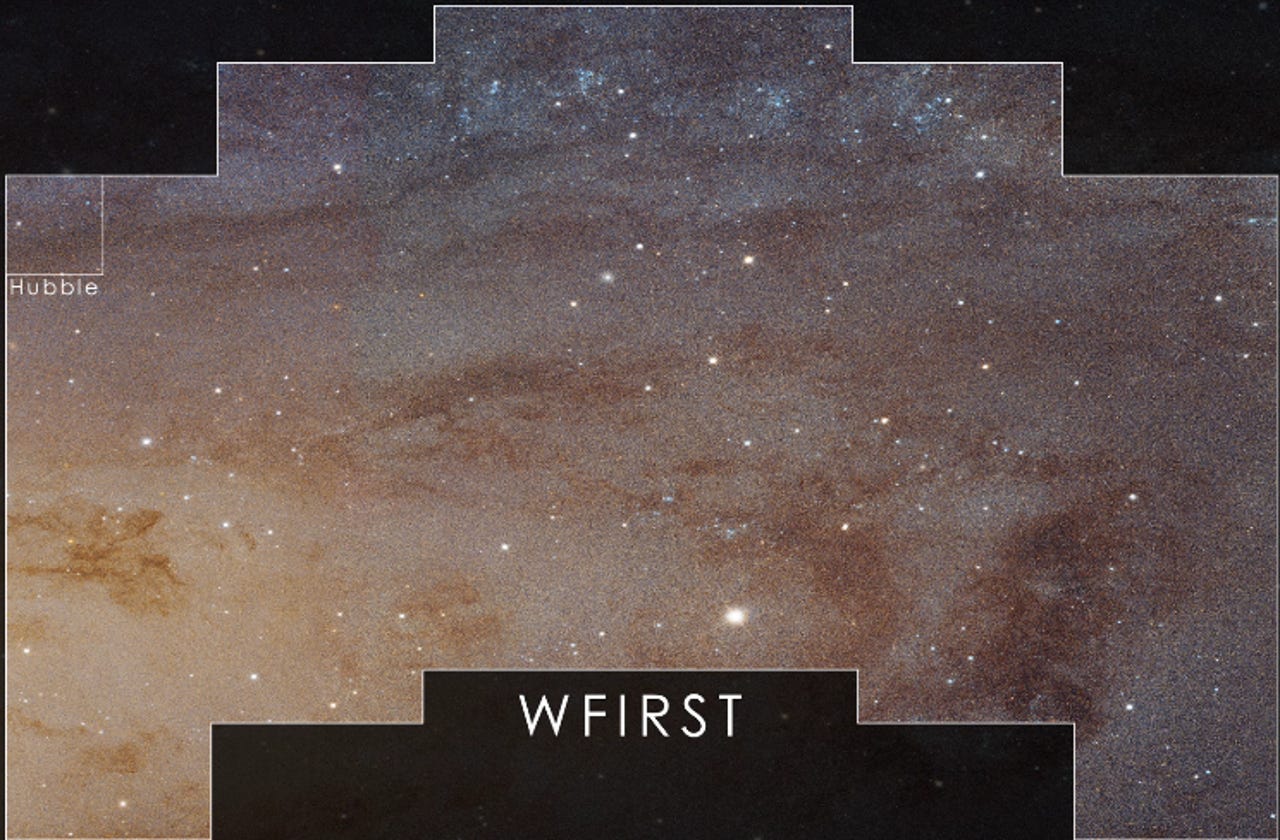NASA aims to zoom out on exoplanets, dark matter with WFIRST

NASA launched a formal mission to launch its Wide Field Infrared Survey Telescope (WFIRST), which will have a view 100 times larger than the Hubble Space Telescope.
For comparison purposes, this is what WFIRST will see of the universe relative to Hubble.

According to NASA, the aim for WFIRST is to help researchers better study dark energy and dark matter as well as planets outside of our solar system.
NASA's program management council gave the project the go ahead on Wednesday. WFIRST is expected to launch in mid-2020 following the launch of the James Webb Space Telescope in 2018.
WFIRST will have a wide field instrument and a coronagraph to block the glare of individual stars and find planets orbiting them. The coronagraph will also measure the chemical makeup of planet atmospheres.
The WFIRST observatory will start operations after traveling to Earth-Sun L2, which is 1 million miles from Earth in a direction opposite of the Sun.